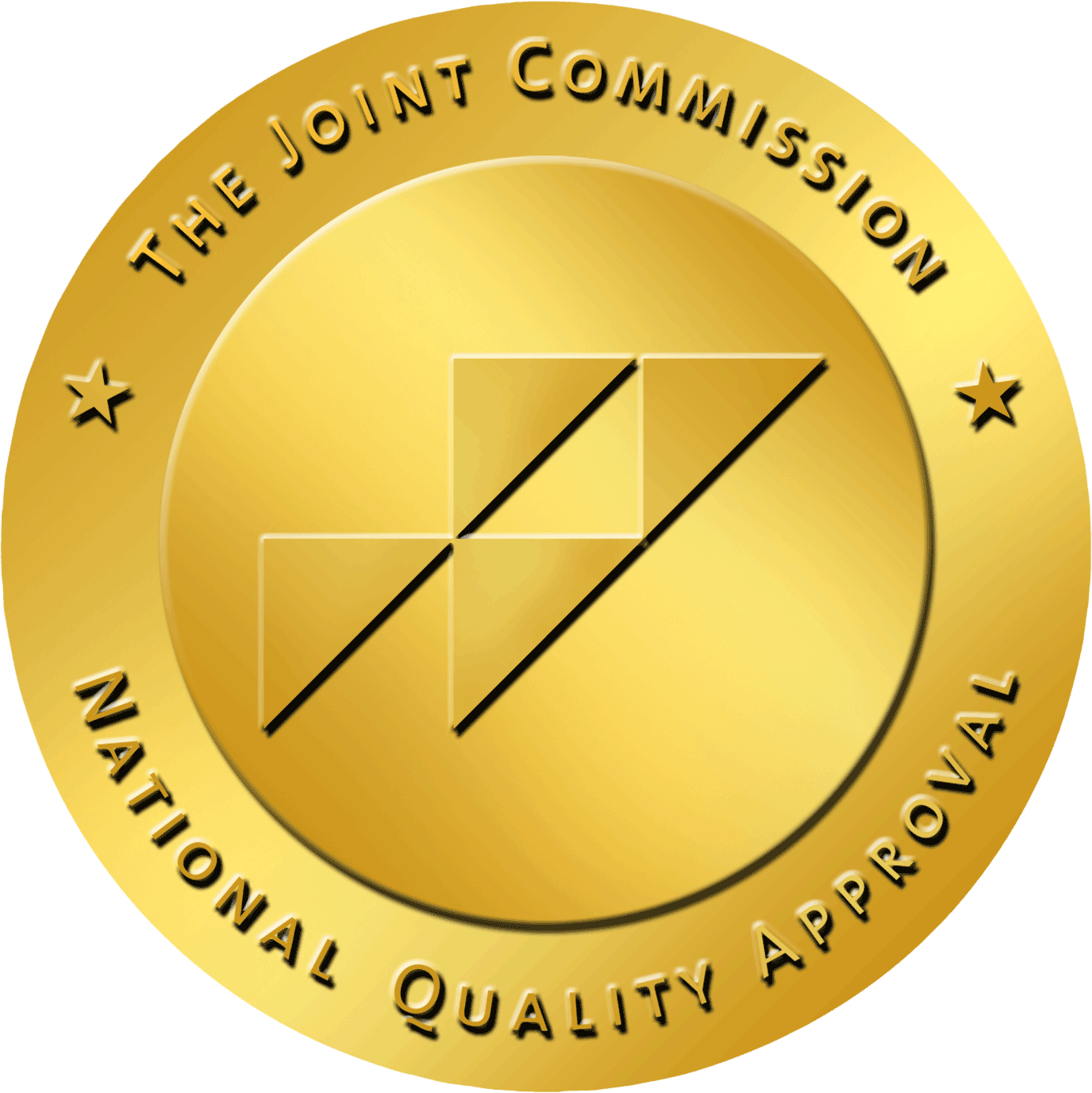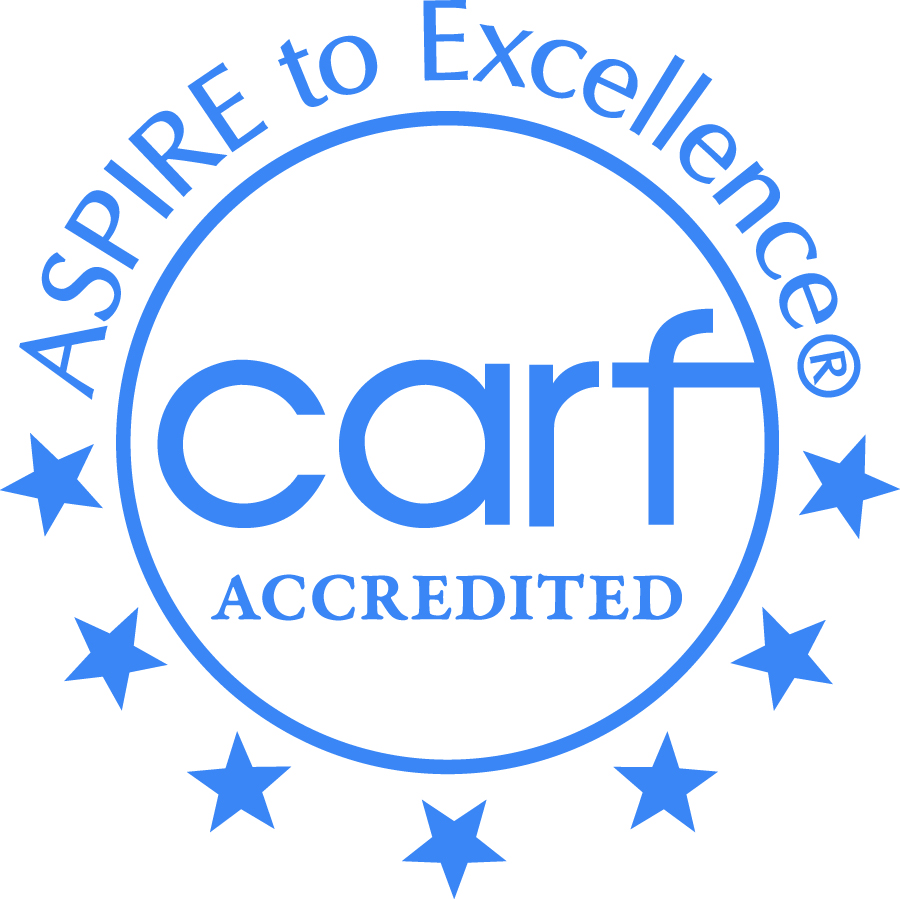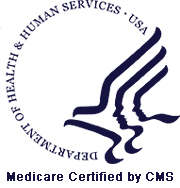News
Technology Continues To Improve Our TBI Treatments
If you want an idea how far we’ve come in diagnosing and treating brain injury, just think that not long ago only an estimated 10 percent of traumatic brain injuries were diagnosed. For the longest time, a concussion was only diagnosed when someone lost consciousness. Now, we know that loss of consciousness only happens in 1 of 10 TBI patients.
While the people doing the research to expand our understandings of TBI and abilities to manage the condition, we also wouldn’t know everything we do without the ever improving technology used to study the brain and new machines are coming out every year.
Jennifer Feenstra and Amy Downing, owners of Element Physical Therapy in Missoula, Montana recently held a seminar to help educate the public through a group of coaches and media figures where they spoke about the ways technology is improving our understanding of traumatic brain injury.
Most notably, these new wave of machines help diagnose traumatic brain injuries in ways we couldn’t imagine before. Not only are they able to spot the actual brain injury, but they are able to understand and identify the different symptoms, even weeks after the injury, which allows for much more individualized treatment.
“If you don’t get tested and know where you’re at with balance and all this sensory input to your brain, it’s a shot in the dark. I don’t know what I’m rehabbing. I don’t know what I’m treating.” Downing said. “I’d probably send you to a room, tell you to be quiet and don’t do anything, then I might start strengthening you. But I haven’t addressed anything going on with the concussion.”
Bill Speltz, writer for the Missoulian, was present at the seminar and recorded in depth accounts and explanations for all the different machines being presented by Downing and Feenstra. Either way, it is easy to see how much this technology has advanced our treatment of TBI in just a few years.



